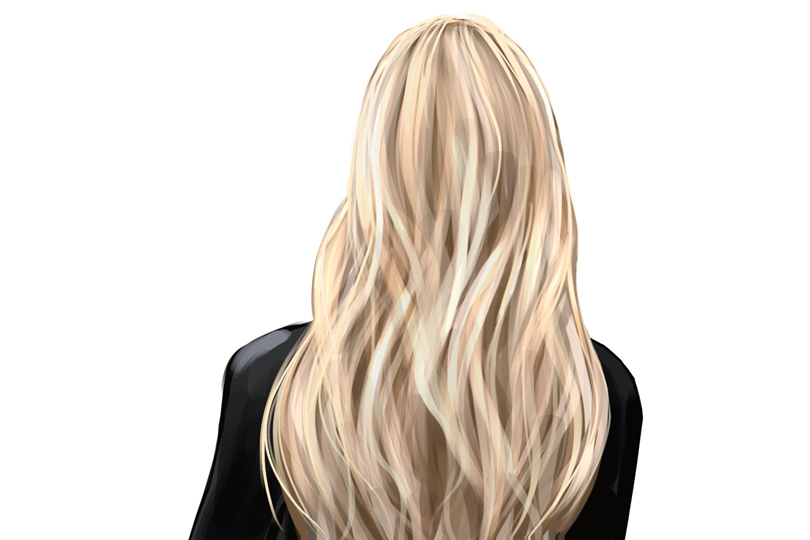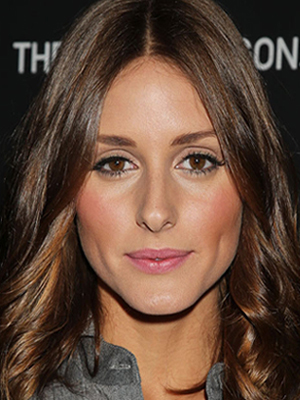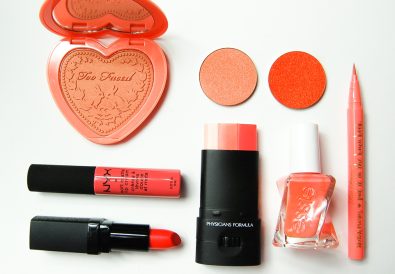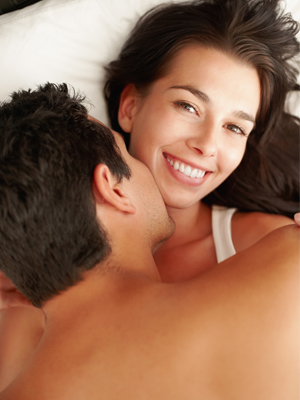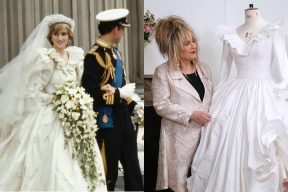Part of an ongoing series of 29Secrets stories, taking a deep dive into the history of legendary beauty products and iconic fashion and pop culture moments…
By Christopher Turner
Illustration by Michael Hak
Dyeing, highlighting, balayaging, toning, glossing…hair colour is an important part of beauty routines for a lot of women and men. Just how many is a lot? We’re not sure when it comes to men, but it’s estimated that more than half of women colour their hair – and when you factor in anyone who has ever coloured their hair (even if they aren’t currently), that number is closer to two-thirds.
For some, dyeing your hair is about enhancing what you already have, covering up your perceived imperfections or reclaiming your natural hue when the grey starts to set in; for others, hair colour is used to make a bold statement. Whether they offer “permanent” or “semi-permanent” dye jobs, hair colour services are big business, with hair colour ranking as the second-largest service in the hair industry (after haircuts, of course). That doesn’t even include the billions of dollars generated each year through the over-the-counter hair colour products that are available in stores across the country.
By 2025, the global hair colour market is expected to be worth around US$28 billion, up more than eight per cent on its estimated value of $17.8 billion in 2019, indicating continuing strong demand for hair-altering products.
But where did it all start? And how far have we come? As it turns out, people have been colouring their hair for millennia. From ancient Egypt to today, hair colour has been a consistent beauty trend. Read on for the full (surprising) history of hair colour and the evolution of hair dye.
Ancient civilizations
Some archaeological evidence suggests that humans may have used dye on their hair as far back as the Paleolithic Period (a distinct period of the Stone Age, which began about 2.6 million years ago). Their preferred source: reddish iron oxide, which they found in the dirt and used to adorn their skin and hair.
More substantially: As early as 10,000 BCE, Egyptians and Mesopotamians made use of various cosmetic products, primarily for aesthetic reasons. The ancient Egyptians regarded beauty as a sign of holiness and from the earliest era of the Egyptian empire, men and women from all social classes were wearing makeup, including eyeliner – so it shouldn’t really be a surprise that these civilizations also experimented with hair dye and henna.
At the time, henna was most commonly used to naturally dye the fingernails, but Egyptians and Mesopotamians would also use henna to temporarily camouflage their grey hair (yes, the preoccupation with those pesky greys dates way back).
Besides henna, ancient civilizations also used rudimentary hair colorants, based on recipes that included cassia bark, leeks, leeches, charred eggs and even gold dust.
Ancient Greeks used plant extracts to give a little temporary colour to their hair. They favoured gold and red-gold shades, which were commonly associated with Aphrodite, the goddess of love, health and youthfulness. They also created a permanent black hair dye. However, when they discovered that it was too toxic to use, they switched to a formula made with leeches that had been fermented in a lead vessel for two months. (It would take a few hundred years to expand the permanent colour choices beyond black.)
The Romans also used plant extracts to colour their hair. Interestingly, during the Roman Empire, prostitutes were required to have yellow or blonde hair to suggest sensuality and legally indicate their profession. Most prostitutes wore wigs, but some opted to use a mixture made from the ashes of burned plants or nuts to achieve the lighter hue.
Meanwhile, other ancient civilizations, like the Gauls and Saxons, were dyeing their hair a variety of vibrant colours to show their rank and as a means of intimidating opponents on the battlefield.
The Middle Ages
It wasn’t until the Middle Ages that hair dyeing began to shift to a predominantly female beauty habit in Europe.
Bleaches, which at the time were often made with blended flowers, saffron and calf kidneys, were particularly in vogue. Red dyes, often a mix of saffron and sulfur powder – the latter of which could induce nosebleeds and headaches – were popularized during the reign of Elizabeth I of England (1558–1603). Her red hair – and her constancy in keeping it red in later years through dyes and wigs – was surprising, given that people with natural red hair had been subjected to suspicions of witchcraft for centuries (it was considered the hair colour of barbarians and traitors, including Jesus’ betrayer, Judas). After the Queen of England popularized the colour, though, not-so-natural vibrantly coloured red hair became popular throughout Europe. Eventually, red hair became a favourite in Italian courts, thanks to the Renaissance artist Titian, who created almost all of the women in his paintings with red-gold locks.
At the time, most hair dyes were composed of plants and animal products, but the evolution of the practice also saw the use of dangerous, even lethal, methods to change a person’s hair colour: lead combs were used to darken the hair, while sulfuric acid was used to lighten it.
Delights for Ladies, a recipe book of household essentials published in the early 1600s, recommended using Oyle of Vitrioll to colour black hair to a chestnut shade. The book cautioned that users should avoid touching the skin with the product – sound advice given that today we know “Oyle of Vitrioll” as sulfuric acid.
Blonde hair was no longer limited to prostitutes as it was during Roman times, but was incredibly dangerous to get. In the 1700s, Venetian women would recline in the sun on specially built terraces with their hair drenched in corrosive solutions of lye to achieve golden locks.
Advancements
Not much changed with the way people coloured their hair until the 1800s, when a British chemist named William Henry Perkin (1838–1907) made an accidental discovery that revolutionized the textile industry and launched the petrochemical industry, changing hair dye forever. In an attempt to generate a cure for malaria, Perkin created the first synthetic organic dye in 1863, made from aniline. The colour was mauve, and appropriately named Mauveine. It was revolutionary, as natural dyes just didn’t have the staying power and vivid colours of the dye that Perkin created. He filed for a patent in August 1856, when he was only 18. Soon after, his chemistry professor, August Wilhelm von Hofmann (1818–1892), enhanced Perkin’s discovery and derived a colour-changing molecule from Mauveine (called para-phenylenediamine, or PPD), which would become the foundation of most permanent hair colours. In fact, PPD remains the foundation for most permanent hair dyes today.
In 1907, a young French chemist named Eugene Schueller (1881–1957) used PPD for the world’s first commercial synthetic or chemical dye, which he called “Oréal.” Schueller formulated and manufactured his own products, and began selling them to Parisian hairdressers. Two years later, he officially founded his business, Société Française de Teintures Inoffensives pour Cheveux (or the French Harmless Hair Dye Company) – a name meant to alleviate people’s fears of using manufactured hair colour. In 1909, he decided to change the company’s name to something a little snappier: L’Oréal.
Throughout the early and mid-1900s, hair colour formulas advanced, including at-home hair colour that boasted longer staying power, and hydrogen peroxide-free lightening hair colour.
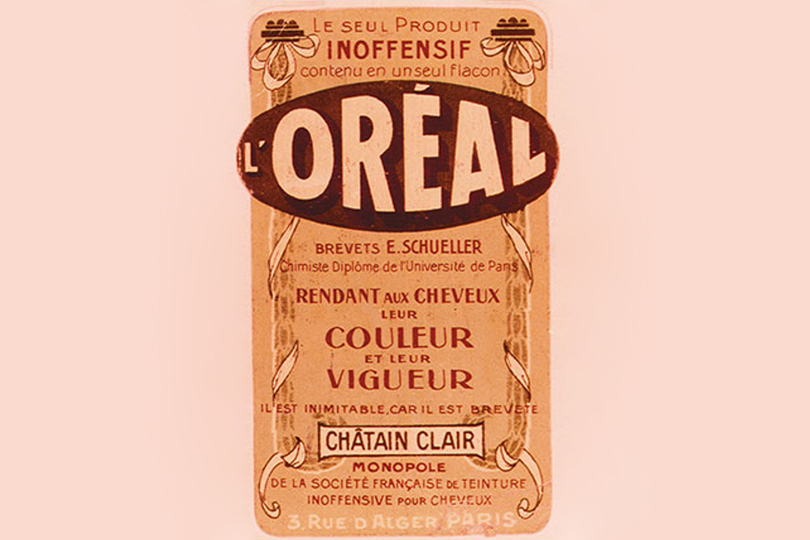
It’s all in the marketing
For the first few decades of the 20th century, the general public generally considered chemical hair colour unsafe, and most everyday women were afraid of commercial dye formulants. True, there were Hollywood starlets colouring and bleaching their hair, but the average respectable housewife wouldn’t dare, as initially the beauty practice was seen as something only vain women would do.
To expand their market, some beauty companies decided to tap into the anxiety around aging and sell chemical hair colour as a way to cover up grey hair. A black and white French L’Oréal ad from the 1920s depicted a sad-looking woman next to a smiling version of herself in a black bob; the English translation reads: “Not one more white hair; forever 30 years old.”
In the 1940s, even as the beauty trend slowly became more popular, salons offered back entrances for clients who didn’t want to make their dye habits known. But still, hair colour was still targeted to everyday women as a solution for grey hair.
It wasn’t just a market strategy used by L’Oréal – the Clairol company, which had been founded in 1931 by Americans Lawrence M. Gelb and his wife Joan, along with business partner and lifelong friend James Romeo, also followed suit. (The trio created Clairol after discovering hair-colouring preparations while travelling on holiday in France.) In fact, a Clairol print campaign from 1943 called “Gray Hair – The Heartless Dictator” declared: “Without justice or kindness, gray hair can rule your life…. It can dictate many things you say or do. No wonder other women refuse to tolerate this tyrant.”
Pressuring women to maintain their hair colour as they aged “was the marketing ploy that made hair dye as ubiquitous as using soap,” according to Claire Robinson, author of the 2016 essay Grey is a Feminist Issue. “While the ideal had been perpetuated for generations, the modern beauty industry pushed it in a more aggressive way, playing on insecurities [and] self-doubt.”
Prior to 1950, going blonde involved bleach and a lot of damage, so most widely available hair dye products helped women achieve a darker hue. Clairol changed the game in 1950 when they introduced the first one-step hair dye product that actually lightened hair without bleaching it. Miss Clairol Hair Color Bath allowed women to colour their hair at home, discreetly – important, as women at the time preferred not to publicize the fact that they coloured their hair – and the product became a huge hit with the masses.
In the 1950s, much advertising around hair colour still centred on discretion, but a new openness about beauty was coming, prompting ownership of the idea of colouring your hair. By the late 1960s, colouring your hair was commonplace, and 1968 was the last year that Americans were asked to state their hair colour on passports – the prevalence of hair dye made this information pointless. And by the 1970s, public sentiments towards dyeing your hair began to change. Slogans like L’Oreal’s “Because you’re worth it” encouraged acceptance of openly using hair colour products.
Clearly, the shift in viewpoint was a lasting one. In the 1950s, only four to seven per cent of North American women dyed their hair; by the 1970s, that figure had risen to some 40 per cent.
Colouring your hair at home continued to gain popularity, and by the 1980s and 1990s hair colour advertisements and television commercials, complete with celebrity endorsement, dominated pop culture. Hollywood celebs like Cybill Shepherd and Heather Locklear (who both endorsed Preference by L’Oréal) offered beautiful hair colour inspiration that could be achieved at home, while helping sell millions of women at-home hair colour in a box. It was a natural progression, given that Hollywood starlets had been subtly serving as hair colour inspiration since the 1930s.
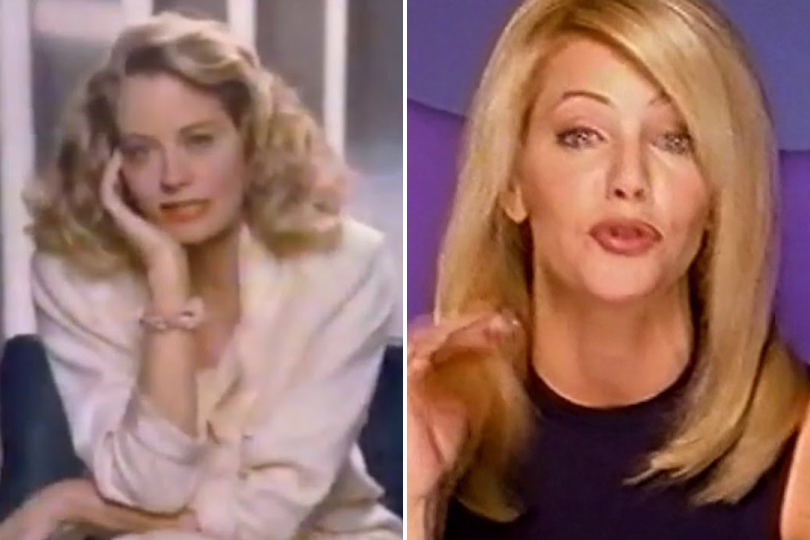
The celebrity endowments worked. By 2015, an estimated 70 per cent of American women were using at-home hair colour.
Today…
From natural-looking colour and soft balayages to in-your-face vibrant rainbow tresses, it’s clear that hair colour is a staple in today’s beauty industry. And that makes hair colour even more important. Beauty is a multi-billion-dollar industry (an estimated US$316 billion in 2019) that’s continuing to grow, and hair care products, including hair colour products, are the largest portions of the beauty industry, securing nearly a quarter of industry revenue.
While revenues have continued to grow and colour trends and products have obviously dramatically changed since ancient Egypt, surprisingly much of the actual chemical composition of most hair colour products has remained unchanged since the first one was introduced as a commercial product over a hundred years ago!
For comparison’s sake, Schueller introduced commercial hair colour in 1907, a year before Henry Ford introduced the Model T. The advancements in the automobile industry since 1908’s Model T are obvious, but the enhancements in the hair colour industry? There really aren’t very many. While the capabilities and techniques of hair colour have changed dramatically in the past century, the building blocks of most permanent hair colour products remain the same in the 21st century, including the base chemical of PPD and other ingredients like ammonia and resorcinol. Of course, that doesn’t mean that there haven’t been and won’t continue to be advancements in the science of dyeing hair. The future will no doubt continue to evolve with gentler formulas and more intense colour options continuously being released and marketed in salons and for at-home use.
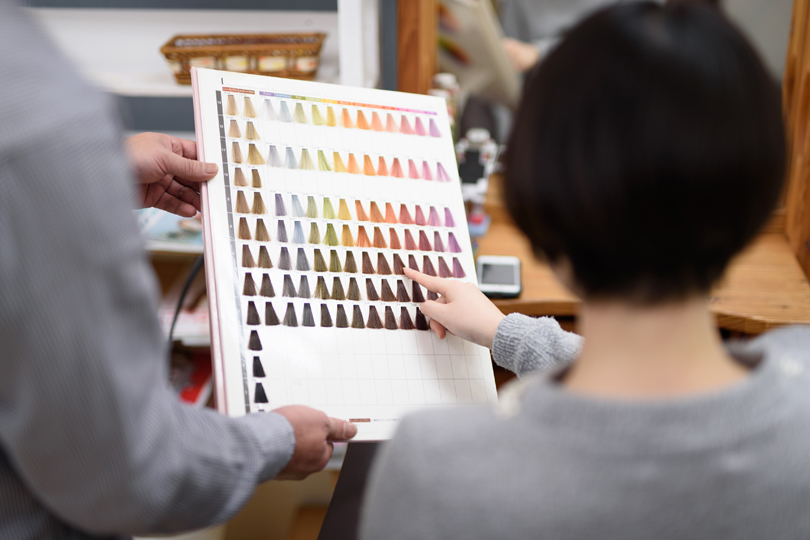
Why do we remain so obsessed with the process? The industry is so dominant because it is so closely tied to our perception of beauty and how we want to present ourselves to the world. Hair has always been an integral part of self-expression, and for decades hair colour has been a key part of that outlet for self-expression and closely tied with fashion. A new hairstyle or a change of hair colour can help define who you are and what you aspire to be. It can play a significant role in your life, marking the beginning of a new phase or the ending of an old one. Or it could be as simple as colouring your hair because you want to match your favourite celebrity’s look.
Whatever your reason for colouring (or not colouring) your hair, one thing is undeniable.… It’s clear that the future of hair dye will be as colourful as its past.
![]()
Want more? You can read other stories from our The Story Of series right here.

